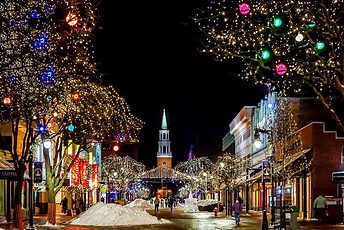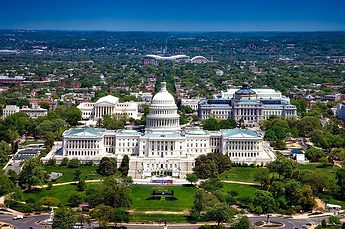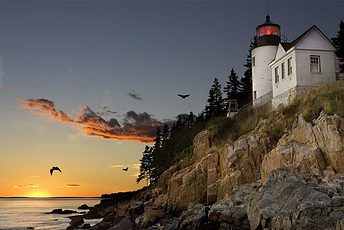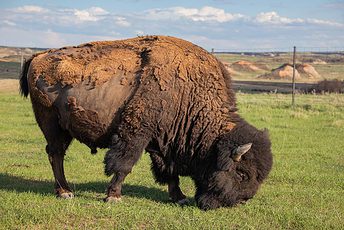No Real Map, Just Movement
Things to do in Tennessee often come together without much planning. You drive a little, take a turn you didn't mean to, hear music from a window, or see a sign that feels worth following.
Some people mark their calendars for it, the fireflies, the races, the festivals. Others just happen to be there. The state isn't loud about its offerings.
But if you're paying attention, you start to notice how much is happening in the quiet, in the places in between.
A State Built for Wandering
Tennessee stretches from the edge of the Appalachians to the Mississippi River across 440 miles of shifting geography and habit.
The state is divided into three parts, drawn into law in 1835, and each pulls differently on how people spend their time.
East Tennessee favors hills and rivers. Middle Tennessee builds outward from Nashville's ring roads.
West Tennessee flattens toward the river, toward Memphis and the Delta.
Old routes run through all of it, U.S. Route 70, the Natchez Trace, and pieces of the Trail of Tears.
Roads here weren't made for sightseeing, but they've become good for it.
Travelers pass through towns where the buildings lean slightly, where the gas stations still serve fried pies, and where people sit on stoops.
Some stay on the main roads. Others take a loop, a detour, or a side road they'll end up mentioning later.
The state lets that happen.
10 best places to visit in Tennessee for your next vacation
- Pigeon Forge
- Great Smoky Mountains National Park
- Tennessee Aquarium
- Belmont Mansion
- National Civil Rights Museum
- Memphis Zoo
- American Museum of Science and Energy
- Country Music Hall of Fame and Museum
- Adventure Science Center
- Ruby Falls
Music as a Constant Companion
Tennessee doesn't make you hunt for the music.
It's on the sidewalk, in back rooms, at outdoor amphitheaters with rusting light rigs and plastic chairs.
Memphis holds tight to Beale Street, where clubs like B.B. King's Blues Club and Rum Boogie Café still go late.
Nashville's Grand Ole Opry has aired nearly every week since 1925 through radio static and wars.
In Bristol, the 1927 sessions, what the Library of Congress later called "the big bang of country music", were recorded over twelve days in a rented building near the rail yard.
No one called it history, then. It worked.
Natural Wonders and Outdoor Pursuits
Great Smoky Mountains National Park gets over 12 million visitors a year, though it rarely feels crowded past the first half-mile of any trail.
Clingman Dome reaches 6,643 feet, but the view often sits behind clouds.
Fall Creek Falls drops steeply into a gorge framed by sycamores, and the Ocoee River still runs cold and fast, especially where Olympic paddlers trained in 1996.
East Tennessee holds most of the elevation. Middle and West carry more flatwater, where herons stalk coves and fishermen keep to themselves.
No part of it feels manicured. Even the picnic tables look like they've stayed put for years.
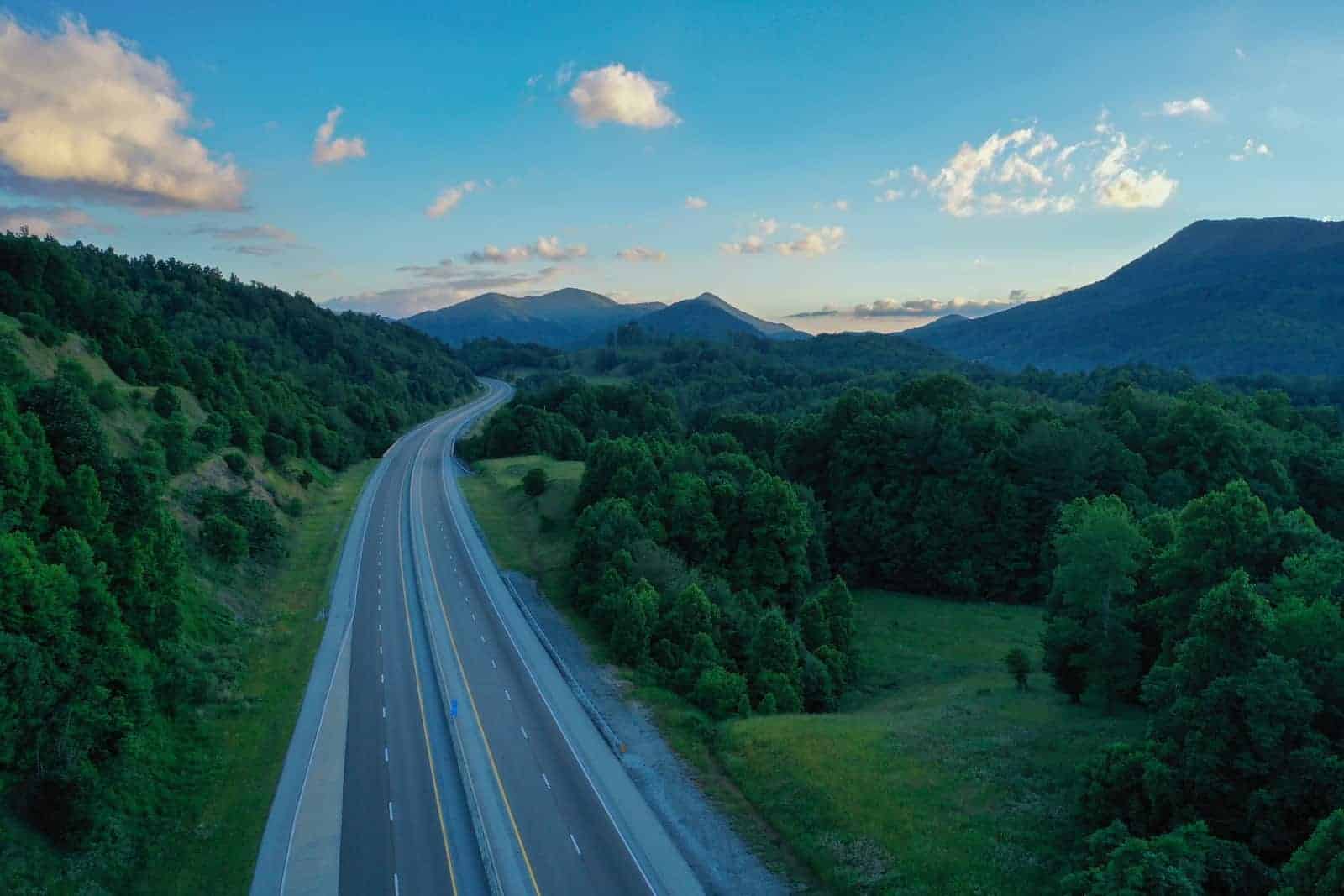
Historical Sites and Cultural Landmarks
The Hermitage lies 15 minutes from downtown Nashville, off Lebanon Pike.
It looks calm from the road, Greek Revival front porch, neat grounds, but the exhibits inside don't skip the hard parts.
The Jack Daniel's Distillery still draws from the cave spring on its property in Lynchburg, where tours cover both the mechanics and the law: the county's been dry since Prohibition.
In Memphis, the National Civil Rights Museum was built onto the Lorraine Motel in 1991.
The room where Dr. King stayed is preserved behind glass.
Visitors often stop there longer than they planned, especially the first time.
Family-Friendly Attractions
Dollywood covers more than 160 acres and runs with a rhythm that doesn't feel corporate, wooden coasters, cast-iron skillets, and gospel harmonies drifting across walkways.
It opened under that name in 1986, though the park existed long before.
In Chattanooga, the Tennessee Aquarium started with its freshwater River Journey building in 1992 and later added Ocean Journey across the street.
It sits near the Tennessee River and often draws schools on weekdays.
Ripley's Aquarium of the Smokies in Gatlinburg holds shark tunnels and stingray tanks, set in a low building with a view of the hills.
None of them relies on flash. They just last.
Unique and Unusual Attractions
Ruby Falls is hard to picture if you haven't been.
It's 1,120 feet underground, at the back of a sandstone cave on Lookout Mountain.
Discovered in 1928, opened to the public by 1930, and lit with colored lamps by the 1940s.
In Sweetwater, The Lost Sea winds through a dry cavern before opening into what looks like a black mirror, easily missed unless you're watching.
Boats still run most months.
And in Gatlinburg, there's a museum full of salt and pepper shakers, over 20,000 sets, many from decades when design didn't need to explain itself.
Some attractions try to be strange. These aren't trying.
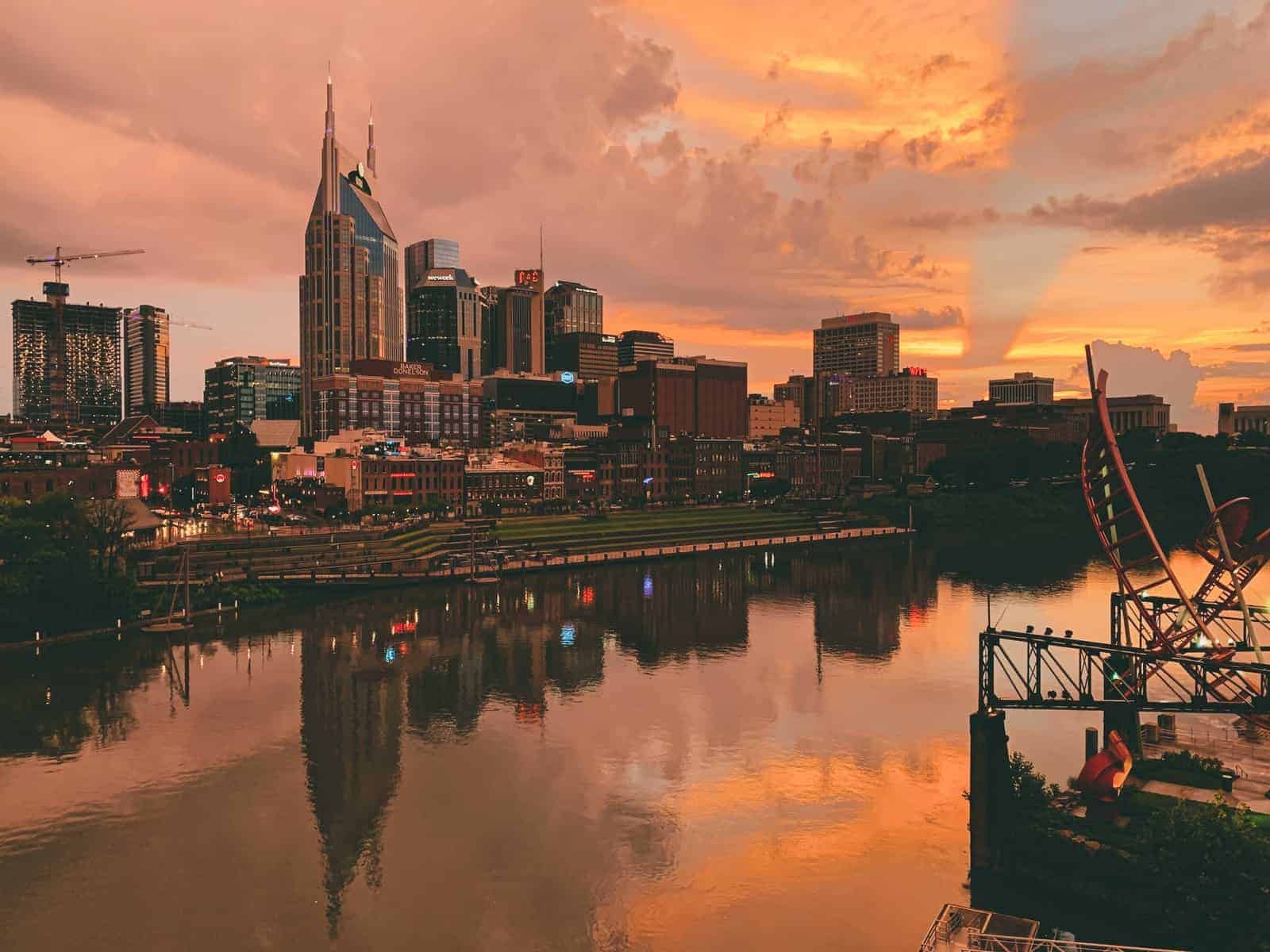
Culinary Delights and Local Flavors
Barbecue in Memphis isn't presented as a debate. It's served on trays with slaw, hot sauce, and a pile of napkins, often without much talking.
Charlie Vergos opened Rendezvous in 1948 and started grilling ribs in a downtown alley.
Many places serve pork shoulder, smoked, pulled, and layered on white buns, usually without menus longer than one sheet.
Nashville built its own style around hot chicken, which shows up crisp, spicy, and coated in oil, from places like Prince's that have been around since the mid-1900s.
Lynchburg's whiskey production at Jack Daniel's follows a process established before 1904, with charcoal filtering that defines the category under federal law.
Arts, Crafts, and Local Markets
In 1937, artisans along Glades Road near Gatlinburg formed the Great Smoky Arts & Crafts Community.
Their workshops lined the loop long before it became a tourism map marker.
Most still make their work by hand, pottery, woven rugs, carved utensils, often visible from the front room.
Memphis opened its Metal Museum in 1979 inside a former Marine hospital, now used for metalworking shows and restoration.
Nashville's Tennessee State Museum reopened in 2018 with 137,000 square feet of gallery space.
Its sections cover topics from the Mississippian era to statehood, with items from regions no longer marked on road signs.
Scenic Drives and Roadside Attractions
The Natchez Trace Parkway enters Tennessee near Collinwood and passes through forestland, small farms, and old trail crossings.
It avoids commercial strips and stops only for pull-offs and exhibits.
The Tail of the Dragon, close to the North Carolina border, has drawn drivers for decades, mostly because of its sharp curves and narrow shoulders.
There are no intersections or stoplights, just 11 miles of road that demand focus.
The Cumberland Gap was once a key crossing point for settlers heading west.
Its designation as a national historical park came in 1940, preserving a section of terrain that shaped early movement through the region.
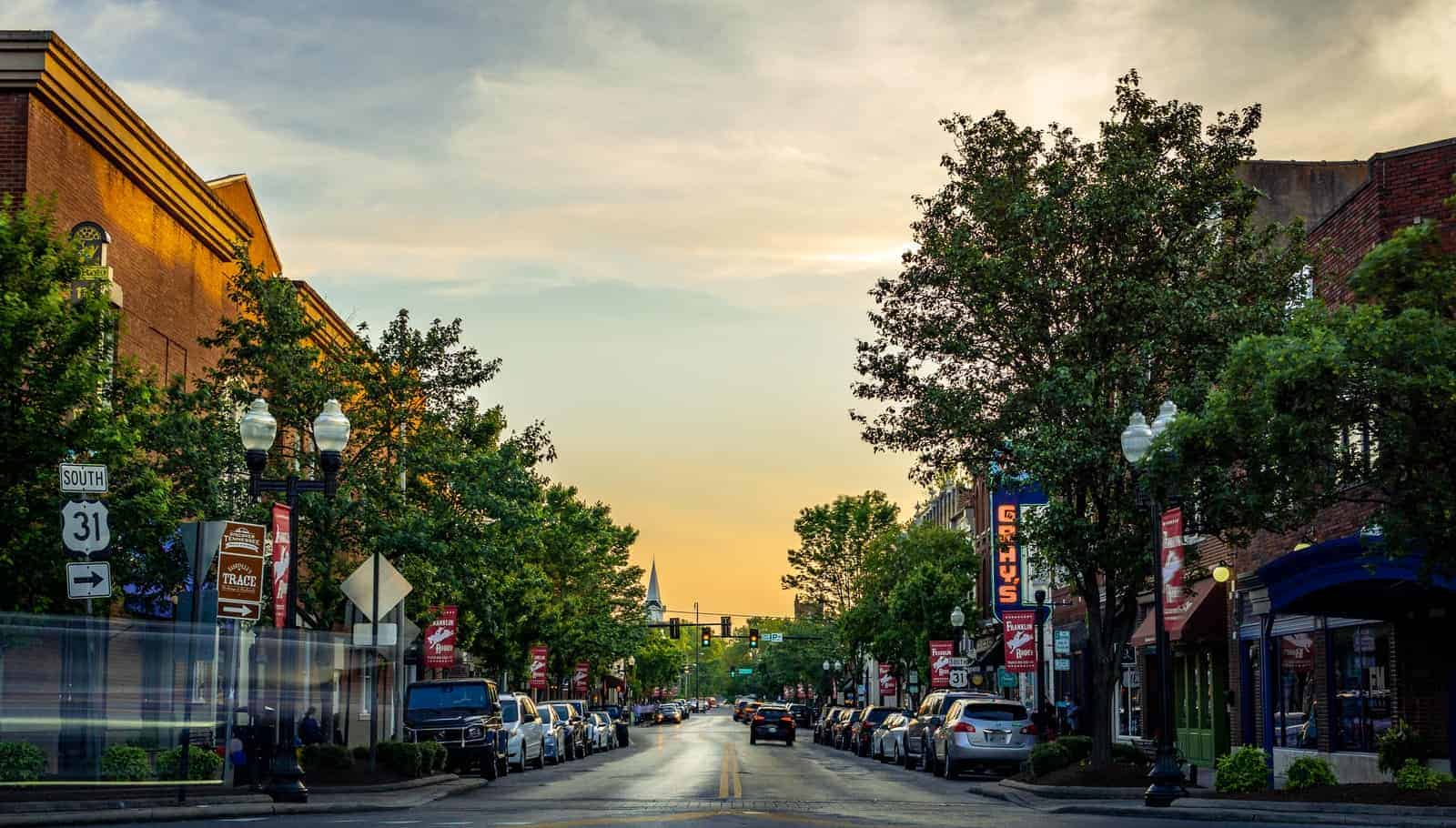
Seasonal Events and Festivals
Photinus carolinus fireflies in the Smokies emit synchronized flashes during a short window from late May into early June.
The viewing zone near Elkmont fills quickly, which is why the park service limits access to those who win a lottery for timed entry.
Memphis has held its Beale Street Music Festival every May since 1977, usually in Tom Lee Park near the river.
It's one of several events grouped under the "Memphis in May" umbrella.
The Tennessee State Fair moved locations in 2021 but continues to run each September.
It focuses on agriculture and runs competitions across livestock, canning, and crafts.
Accommodations and Lodging Options
Memphis's Peabody Hotel opened in 1925, though the tradition of ducks walking through the lobby didn't begin until the early 1930s.
The event still takes place daily, drawing visitors into a building that also houses a ballroom and rooftop lounge.
Dollywood's DreamMore Resort started taking guests in 2015, providing easy access to the park and a quieter stretch of Pigeon Forge.
Up in the Smokies, LeConte Lodge operates without roads or power lines.
The cabins sit above 6,500 feet and can be reached only on foot.
Supplies arrive by llama. Bookings often require planning months, sometimes a full year, in advance.
🍀



